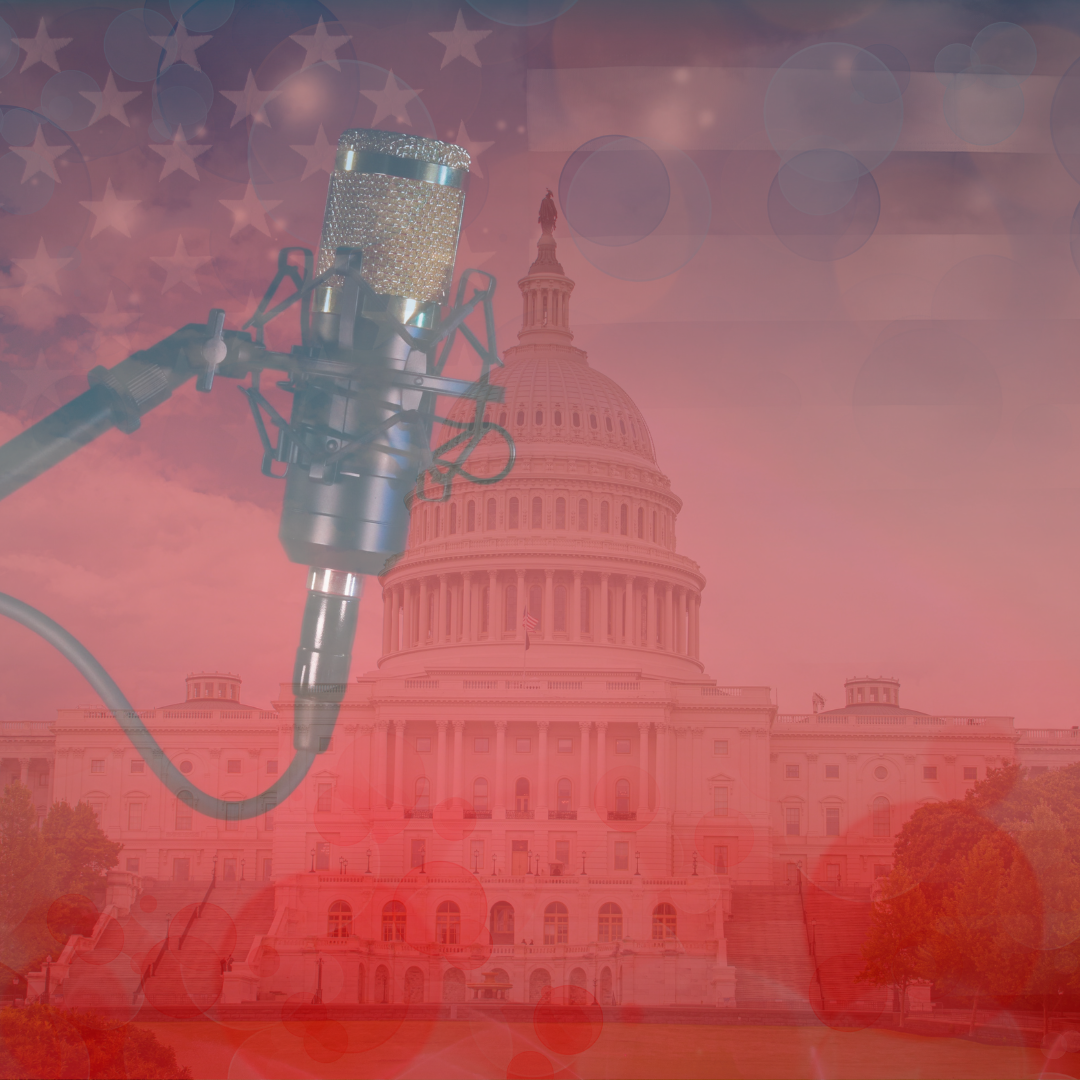Writer’s Block: The Writer’s Guild of America vs. Artificial Intelligence
The 2023 WGA writers strike was not only a fight for survival, but a fight for how art will made going forward.
On May 2nd, the Writer’s Guild of America (WGA) and its members had enough. A general strike was called and for 148 days, writers of television and film were on a work stoppage that brought the entertainment industry to a grinding halt. The last strike in 2007–2008 at the heart of it was not unlike this one, with its members seeking to have a more equitable share of the profits coming in, compared to the larger studios and producers. What makes this current strike unique is the age of streaming and artificial intelligence. Not only have these innovations made job security and revenue sharing more complicated but the territory we are in is unprecedented. At least from the point of view of the production houses and corporate partners, it didn’t appear as if they saw this coming, but they should have. How we consume movies and TV and the sheer volume of programming that is now easily available but also seemingly easily generated (“easily generated” is with a huge grain of salt, but, as seen with the rise of franchises, creating movies and TV series has become a massive machine churning out product after product) have created billions upon billions of dollars in revenue. The gulf in revenue sharing has only exponentially increased since 2007 and, now, so has the competition for jobs and job security.
With the advent of streaming platforms and now AI, the very concept of writing and studio work is entering a space where no one can predict exactly what it means for the industry and the workers who are its foundation. Despite this, studios, as usual, sat on their hands and were more reactive than proactive. The original model and structure for writers sharing in profits, for example, centered on royalties for television shows. In syndication, there could be a significant portion of the revenue shared with writers. The simple definition of syndication in broadcast television is the leasing of rights for shows to be distributed on other networks. But how does that work on streaming platforms that have exclusive content? How does that work on platforms that do, in fact, show syndicated shows, but theoretically for infinity? The technology is creating a clear class divide amongst writers. The lack of added benefit via royalties, coupled with the high pressure and the high rate of output demanded of writers of streaming shows, means that there is little incentive to be a writer.
What might be the biggest threat to the existence of the writers room, however, is the advent of AI. We are now in the age of the thinking machine and, as apps such as ChatGPT and Lensa demonstrate, the landscape of the artistic world is drastically changing. Visual and music artists have already seen their work either replicated or out-and-out stolen, while producers are using the technology in ways that make the original ways humans created art seem obsolete. We do not seem very far away from a point where scripts, scores and screenplays could simply be generated by AI-given prompts and access to existing databases of work to create “new original” work. The technology, as usual, is moving faster than the rules can be written at this stage, and that is as much a threat to the sustainability of writers as anything. These issues are at the heart of what writers fear, magnifying the lack of security and viability moving forward as industry bosses continue to profit and protect their own personal investments. The truth is, neither writers nor their bosses could have predicted the technology evolving in the way that it has, but now that it is here, how it is dealt with will be critical.
In the short term, it brought entertainment in the form of television and streaming platforms to a grinding halt. Both sides were bunkered down for almost five months. New seasons for shows were paused and new shows in development all but stopped. The interesting side is that in the middle of this are the consumers themselves. Not so much in the short term, but in the long term, a question of quality and quantity of work is unanswered. How will shows be written moving forward? Who writes them? Do we, as the average consumer of content, even care?
What happens next will be pivotal to the industry at large. The industry is at a breaking point. The way in which writers are regarded, protected and respected is at stake, but so is the way in which we consume and experience art. As late capitalism finds ways to be more efficient in generating profit, technology is becoming more and more of an unwitting accomplice to the destruction and removal of human creativity and artistic expression in the raw. It is also turning positions that require craft, skill and experience into a gig economy, which will ultimately mean the quality and range of what we experience artistically will continue to contract as our experience as humans and as creators of art becomes less and less needed if safeguards aren’t put into place. What also could happen, which is already taking place but could flourish further, are the fringes of the industry coming more to the fore. Similar to independent labels in hip-hop during the mid-nineties and the early days of YouTube, writers, screenwriters and musicians have access to many of the tools that the industry does. Could a micro-economy and market become stronger as more are cast off? In an ideal world, a parallel alternative to a larger industry would be powerful and could usher in innovation in a way that can never happen with the factory-style model that the entertainment industry has calcified into. The question will always come down to sustainability. However, whatever direction the strikes end up taking will tell us what we can expect for years to come. As of now, what we see, hear and experience on screens will be vastly different from what came before.





